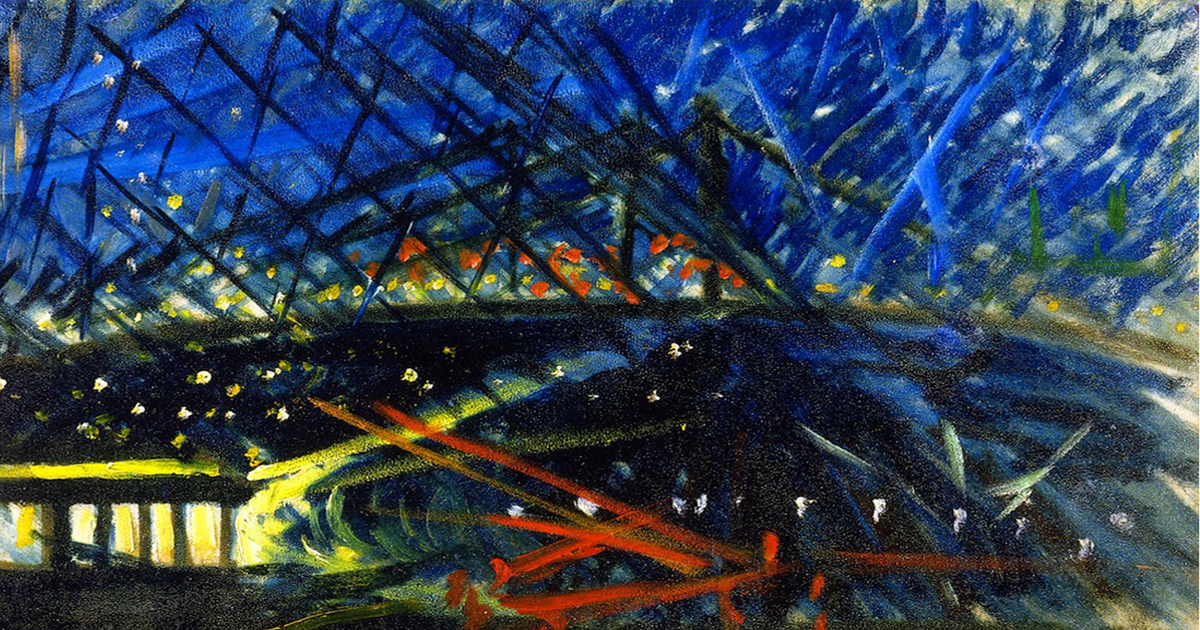
Most people can identify a police officer by their uniform. Although the police wear the uniform with a sense of pride, it can elicit emotions of fear and despair in others. In recent years, excess violence against people of color has increased awareness by law enforcement that the uniform sends a mixed message. This awareness is a critical first step toward bridging the gap between police and community.
The time to bridge these differences is now. The Cleveland Police are making community relations a top priority. Among many activities designed to help them engage with residents, they have teamed up with Books@Work to build a sense of community by inviting all voices to the table using literature.
Read More

Navigating today’s workplace takes the courage and conviction to call out behaviors that limit inclusion and the full realization of human possibility. But work can be the hardest place to take a stand. We are least comfortable “taking on” colleagues, let alone superiors, when we are keen to prove ourselves as “team players.”
How do we create the conditions to enable the courageous conversations we need for our organizations to benefit fully from the plurality of human perspective and experience? The courage to champion true belonging and inclusion – and to have the hard conversations – takes time and practice, and a commitment to a culture of openness and respect.
Read More

Of the many metaphors we live by, not “judging a book by its cover” honors the people we encounter at work and in our communities, and acknowledges the depth and power of their stories and perspectives. By opening ourselves fully to the different experiences of others, we challenge our assumptions, view the world through other eyes and expose ourselves to new ideas.
But “don’t judge a book by its cover” also applies, quite literally, to books!
Participants often tell us that Books@Work introduces them to books they never would have picked up on their own. Reading with initial skepticism, some quickly discover themes and ideas that trigger interesting thoughts. Others are converted only in conversation, where the interpretations of others introduce them to viewpoints that they might never have entertained.
Read More

Helen Keller once said: “Alone we can do so little; together we can do so much.”
These words didn’t resonate with me until I participated in a discussion on Dafina Lazarus Stewart’s book, Multicultural Student Services on Campus: Building Bridges, Re-visioning Community, at the Center for Student Diversity and Inclusion at John Carroll University.
Read more about Shanice’s insights into social learning and the power it brings to the workplace.
Read More

It’s officially a “thing.” Many corporations have enthusiastically embraced mindfulness and meditation to enhance employee experience. With outcomes both promising and proven, it’s no wonder that the likes of Google, Apple, Nike, JP Morgan and General Mills have invested in the belief that corporate mindfulness improves workplace wellbeing.
The numbers support the story. In a 2017 report on employer sponsored wellbeing, Fidelity Investments and the National Business Group on Health reported that 86% of the 141 employers surveyed include an expanded definition of employee well-being in their business strategy. Specifically, 61% were already engaged in or considering mindfulness classes or training, up from 43% in 2016.
But meditation is usually a solo sport. Books@Work, like meditation, develops the skills to see things differently – but it allows colleagues to do it together.
Read More

If you could ask an innovative HR leader for her insights on your most pressing concerns, what do you think her advice might be? When Leena Nair, Chief Human Resources Officer at Unilever was asked just that, she did what a leader who values true inclusion would do: she asked for a diversity of perspectives.
Read More

We live in a results-oriented world. And many believe that the best way to get results is to be direct. After all, when we know exactly what we want to accomplish and what steps to take to get there, anything other than a direct approach is a waste of time.
But what if the problem is thorny and the solutions are less clear?
When we seek to make change that involves people of different backgrounds and perspectives, the direct path becomes hard, if not impossible, to identify. In issues related to organizational culture – team effectiveness, inclusion, wellness, leadership, among others – the inevitable salad of human emotions and personal agendas create complicated as well as complex challenges.
Read More

I recently had the good fortune to attend and present at the 2019 Forum on Workplace Inclusion in Minneapolis. Surrounded by committed diversity & inclusion professionals presenting on a wide array of topics, I spoke about discomfort and the role it plays in inclusion conversations.
Read More

The experience of war is hardly universal. Walking the halls of the Louis Stokes Cleveland VA Medical Center, a sea of service t-shirts and decorated, black battle ball caps, embroidered with VIETNAM or KOREA, belies the diverse audience the hospital serves. The military has that affect – for the duration of service you’re no longer James, Joe, or Lisa – you’re Corporal, Sergeant, Lieutenant. Your own self is effectively erased, recolored in uniform camouflage. This visual trick is still in full effect at the VA.
Read More









